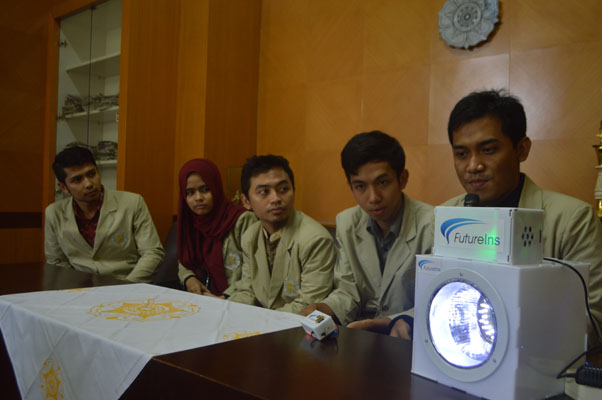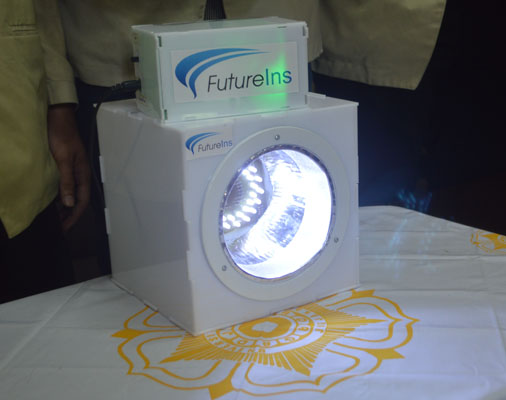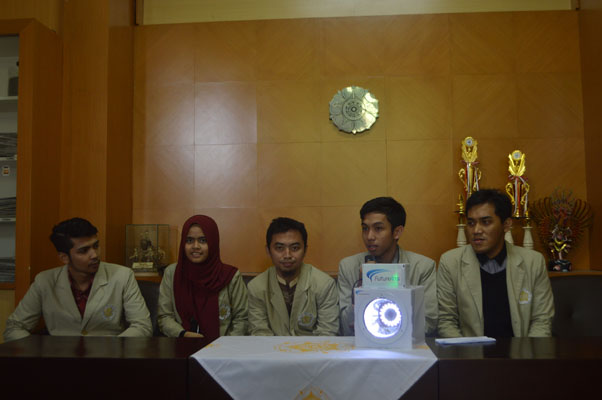Green building policy has started to be implemented by government agencies and corporations, including in electricity energy sector. In average, electricity use for manufactured lighting in retail building is 37% of total power demands. Hence, electricity energy saving in manufactured lighting has to be made. One strategy in line with SNI 03-6197 document is to use natural lights as additional alternatives that are expected to reduce electricity energy uses.
Handika Putra, student of Electrical and Information Technology Engineering (DTETI) at Faculty of Engineering UGM, told journalists on Tuesday (14/6) that a number of implementations of the strategy to save lighting have been made, including to use light dimmers in a room. Light dimmers work based on responses received in the main systems of control panel on the data being transmitted by the sensor due to receptance of certain stimuli, such as human presence, duration of use, etc.
His research found out that wireless communication model became the choice due to its high data access and mobility. Flexibility of use and low maintenance cost are also the strength of this model.
Handika along with fellows from DTETI – M. Hasan Habib, Rifqi Faturrahman, Irfan Joyo K, and Iftitah Imawati – conducted a research to improve efficiency and effectivity of the wireless communication. They use the model of lighting intensity adjustment based on natural light sensors or Wi-MoLS (Wireless Modern Light Sensor) to identify the characters of detectors that are suitable for such communication model.
“We have to analyse the effectivity and sensitivy of the sensors on the automatic wireless lighting,” he said.
Their research showed the best performance is on the long dependent resistor (ldr) sensor that has best effectivity and sensitivity at lighting level 10-350 Lux.
“The Ldr has the best perfomance compared to other sensors,” Irfan Joyo added.
Irfan said the phototransistor would be used as an intelligent component of the light dimmer. This sensor component is also available in the market inexpensively. As such, automatic wireless light control using a phototransistor is potential to be developed further.
“This research is expected to be used as a form of green technology implementation to minimise electricity energy in the building lighting sub-sector,” he concluded.




